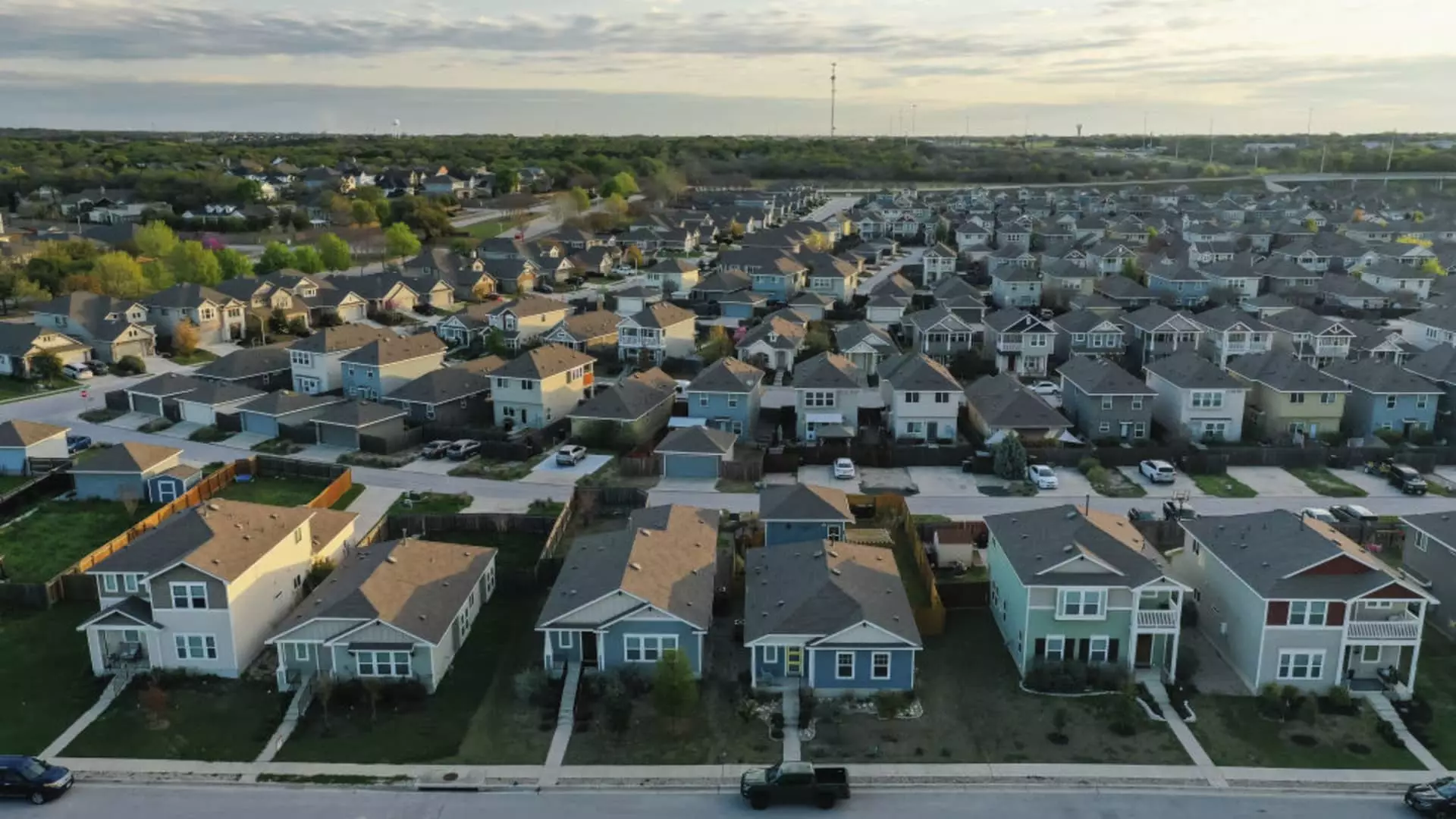As spring beckons with the promise of blossoming flowers, homebuyers are experiencing a decidedly muted entrance into the critical housing market. Despite a notable increase in listings, many potential buyers are hesitant to engage in a market that appears stagnant.Mortgage rates have experienced minimal fluctuations over the past several weeks, contributing to a reluctance among prospective homeowners. According to the Mortgage Bankers Association (MBA), applications for home purchases saw a decline of 4% last week compared to the previous week, with demand remaining flat relative to the same period last year. The hesitance is palpable; buyers are weighing their options amid rising home prices and the uncertainty surrounding interest rates.
The economic landscape for homebuyers reflects a complex interplay of rising prices and shifting mortgage dynamics. The average loan size for a purchase has continued its upward trajectory, hitting $447,300 recently—an increase attributed to a decrease in government-backed purchase activity. This trend has implications for buyers, who may find themselves navigating higher financial barriers. Although the average interest rate for 30-year fixed-rate mortgages has seen a decrease from 7.02% to 6.97%, it still remains significantly elevated compared to historical norms. Notably, a year ago, rates were 17 basis points lower, indicating that while there is some relief in costs, the overall market remains burdensome.
In contrast, the refinancing segment of the market has shown a more favorable response to slight fluctuations in mortgage rates, with applications rising by 12% week-over-week and 17% year-over-year. However, this uptick should be interpreted carefully—it is largely due to the low baseline of previous refinancing activities. Most homeowners today hold mortgages with lower rates than currently available, making refinancing less appealing as a widespread option. In this light, the refinancing market appears more as a response to current conditions rather than a substantial growth signal.
Market Conditions and Pricing Strategies
Home sales are hovering near a 30-year low, while house prices persist in reaching new heights nationwide. This divergence creates a puzzling scenario where we see 15.6% of sellers reducing their prices in January—an increase from the previous year—yet many sellers retain the confidence to maintain their list prices. The competition for homes remains, albeit under economic pressures that leave many potential buyers on the sidelines.
The inventory of homes has expanded by 25% compared to the previous year, yet this increase is somewhat deceptive. Homes are languishing on the market longer, with the average sale time soaring to 54 days—the longest duration since March 2020. It’s crucial to note that despite the increase in supply, levels remain 25% below pre-pandemic figures in January 2019, limiting options for serious buyers.
As the spring housing market unfolds, disparate factors influence homebuyer behaviors. While there are signs of increased listings and a minor reprieve in mortgage rates, buyers remain cautious in an environment rife with record-high prices and sluggish sales. The interplay between mortgage dynamics, market conditions, and individual buyer circumstances will determine how this critical season evolves. For many, patience may become both a virtue and a strategy as they navigate this complex landscape in pursuit of their future homes.

